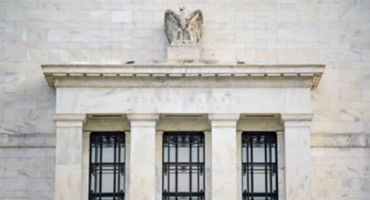The 30,000-foot view
In my view, municipal market fundamentals have never been stronger, buoyed by conservative financial policies and federal fiscal stimulus. Taxable-equivalent yields are much higher than those for equal-rated and similar-duration corporate bonds, but with a much lower historical default experience and typically lower interest-rate sensitivity for municipals. In addition, I anticipate a supportive technical backdrop for the market over the balance of 2022, especially on the tax-exempt muni side — where the prospect of higher individual tax rates should drive strong retail demand, with net supply likely to stay low given the current calendar of maturities.
A sector-by-sector breakdown
Broadly speaking, given the continued strength of the economic recovery and the extent of direct federal support for a wide swath of municipal credits, underlying fundamentals appear to be robust across most segments of the market — the one exception (as discussed below) being the senior living space.
Hospitals: Fundamentals will likely remain resilient in 2022, albeit not back to pre-pandemic levels. Volume has largely recovered across the acute care space, driving healthy revenue growth, although inflationary pressures on labor and supply costs will continue to pose a challenge. Providers will need to find ways to cut or redistribute costs. We generally favor providers with size and scale, as well as proven smart growth strategies.
Higher education: Despite the return of on-campus instruction, undergraduate enrollment continued to decline last fall. However, much of the decline was concentrated in for-profit and two-year colleges, with private nonprofit enrollment having essentially flattened. Credit fundamentals generally remain solid amid market performance supporting endowments and federal aid bolstering state and public university budgets. We currently favor opportunities in certain major niche schools and those in strong demographic areas.
Airports: The COVID slowdown has been definite proof of concept for the resiliency of airport credits. Despite dramatic decreases in enplanements, very few airports have seen across-the-board credit downgrades from the rating agencies, while S&P has begun to reverse many of its previous downgrades. Meanwhile, enplanement levels nationally have reached about 80% of prior peaks and, in the case of some domestic-focused airports, are now above said peaks.
Toll roads: As of the third quarter of 2021, nationwide toll road traffic was back to around 90%+ of pre-COVID levels, with some states having surpassed those levels. This segment will likely receive a boost from higher inflation, as roughly half of US toll roads have an automatic inflation adjustment built into their toll-rate policy. Longer term, growth rates will bear watching amid new hybrid work schedules.
State and local: State and local credit quality is expected to remain stable over the next 12 months, supported by still-adequate income and sales tax performance, property value growth, and solid reserve and liquidity positions. However, as federal stimulus programs wind down and consumption begins to transition more toward services, we believe the recent trend of healthy revenue growth is likely to moderate.
Student loans: Many of the municipal bonds in the student loan space are private loans (usually taken as a supplement to federal student loans), either “in-school” loans or refinancing of existing ones. Many of these have performed well — and may continue to — as a result of federal loan forbearance in recent years, which has given large numbers of borrowers extra cash with which to pay down their private loans.
Senior living: COVID continues to be a big determinant of occupancy levels and financial results in this space, but the general attitude and modus operandi seem to have shifted from “catastrophic” to “manageable.” However, challenges persist amid seasonal COVID factors and lingering uncertainty around the pandemic. Overall, its continued impact remains very credit-dependent, driven by occupancy rates, supply costs, and other facility-specific factors. We favor credits with predictable operating cash flows, known capex plans, and ample liquidity.

















